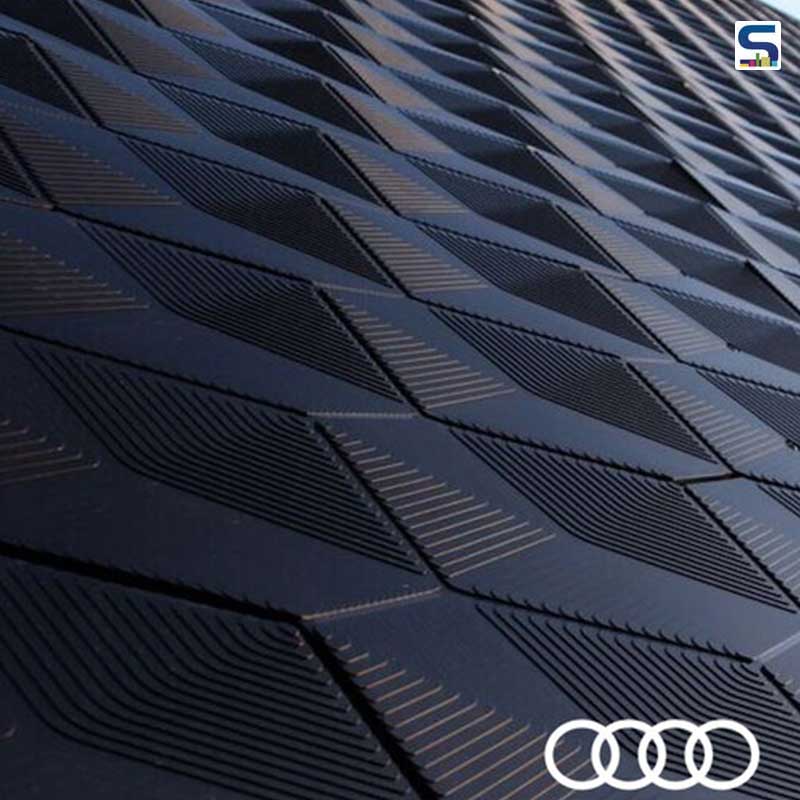
Germany-based Made of Air has developed a bioplastic that is derived from brunt plants and forestry and farm waste that possesses multiple uses such as furniture, home decor and even building facades – right from H&M’s sunglasses to Audi dealership store’s cladding that features Made of Air’s hexagonal panels called HexChar.
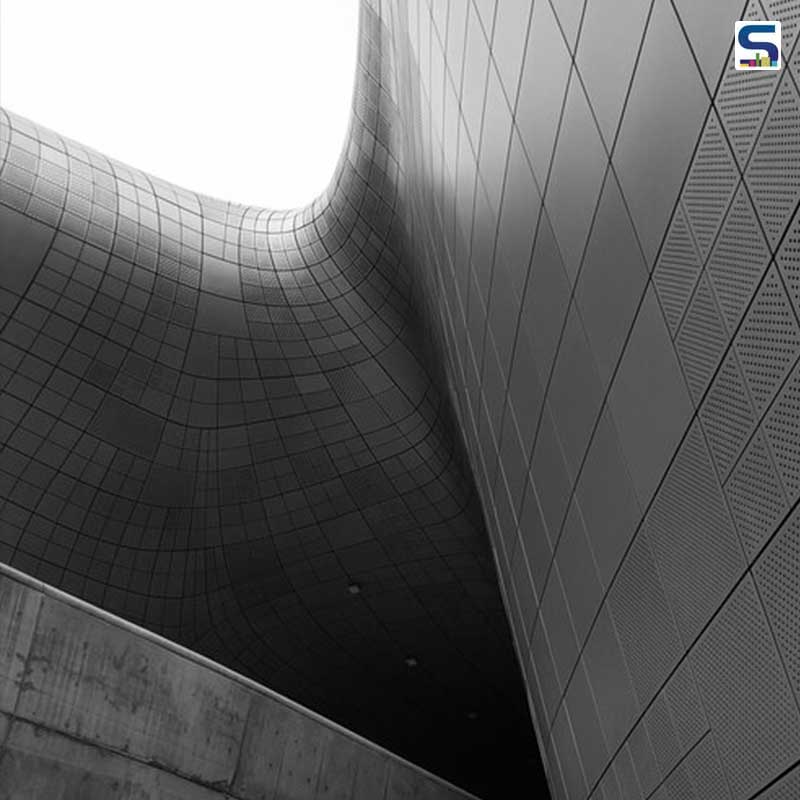 Made of Air is a recyclable material that is 90 per cent carbon.
Made of Air is a recyclable material that is 90 per cent carbon.
With an intention of creating carbon sequestration products that offer an alternative to fossil-based thermoplastics, Made of Air is a recyclable material that is 90 per cent carbon and reportedly stores nearly 2 ton of CO2 which is equivalent to every ton of plastic.
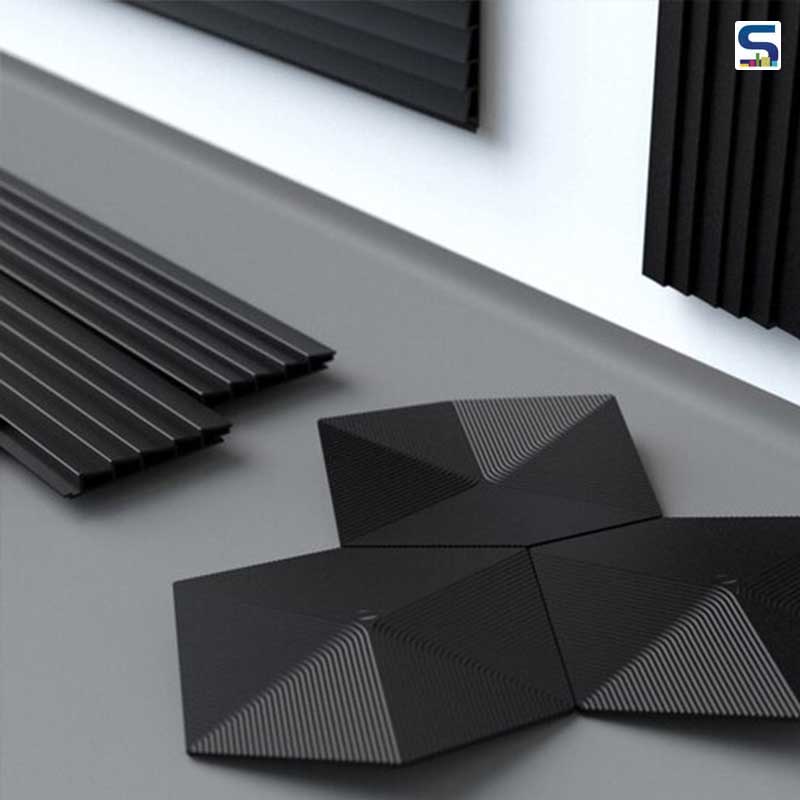 It stores nearly 2 ton of CO2 which is equivalent to every ton of plastic.
It stores nearly 2 ton of CO2 which is equivalent to every ton of plastic.
Originally, trees have the natural ability to capture carbon. They convert the atmospheric CO2 into carbon stored in their trunks. However, at the end of a tree’s life, the stored CO2 gets re-released into the atmosphere either through decomposition or burning. To avoid the carbon from releasing back into the atmosphere, Made of Air’s biochar technology makes sure to lock the carbon permanently. Its negative emission technology replaces polluting materials like fossil plastics and aluminium.
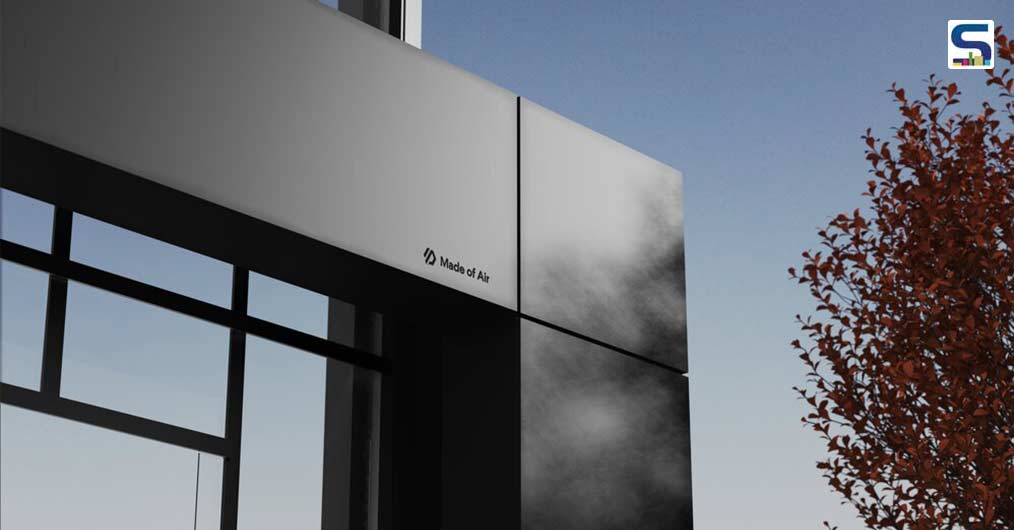 Made of Air’s biochar technology makes sure to lock the carbon permanently.
Made of Air’s biochar technology makes sure to lock the carbon permanently.
Made of Air is a carbon-negative material. It is a non-toxic bioplastic that is made from biochar. The charcoal-like material is almost pure carbon and is made by burning biomass such as plant waste, forestry offcuts and agricultural waste. Made of Air mixes biochar with a binder that is made from sugarcane to create a material that can be further melted and moulded into a variety of shapes similar to thermoplastic.
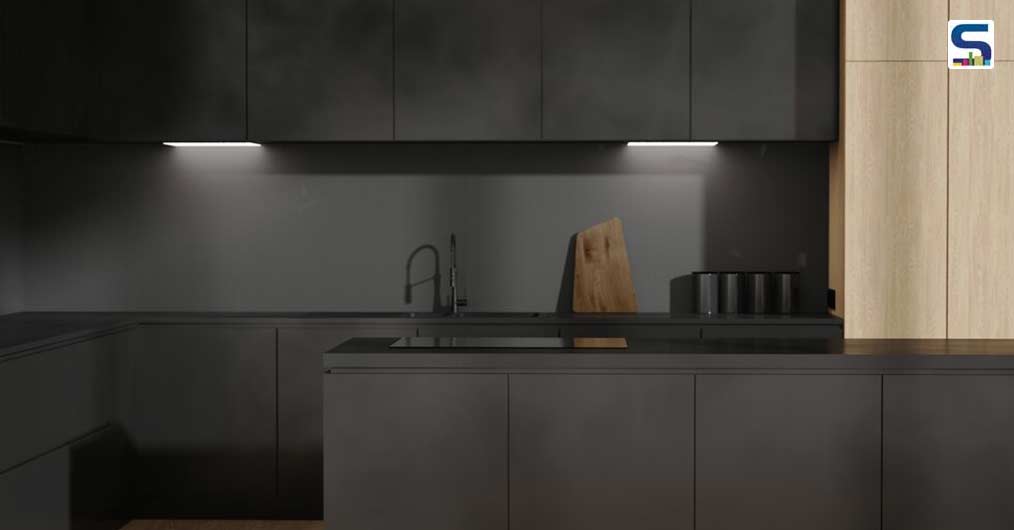 Made of Air is a carbon-negative material. It is a non-toxic bioplastic that is made from biochar.
Made of Air is a carbon-negative material. It is a non-toxic bioplastic that is made from biochar.
To bake the biomass, it is placed in a special furnace that is controlled and oxygen-free. The absence of oxygen refrains the carbon in the biomass from turning into CO2 during combustion. This eliminates the possibility of greenhouse gas emissions, thereby allowing the carbon to remain and form biochar.
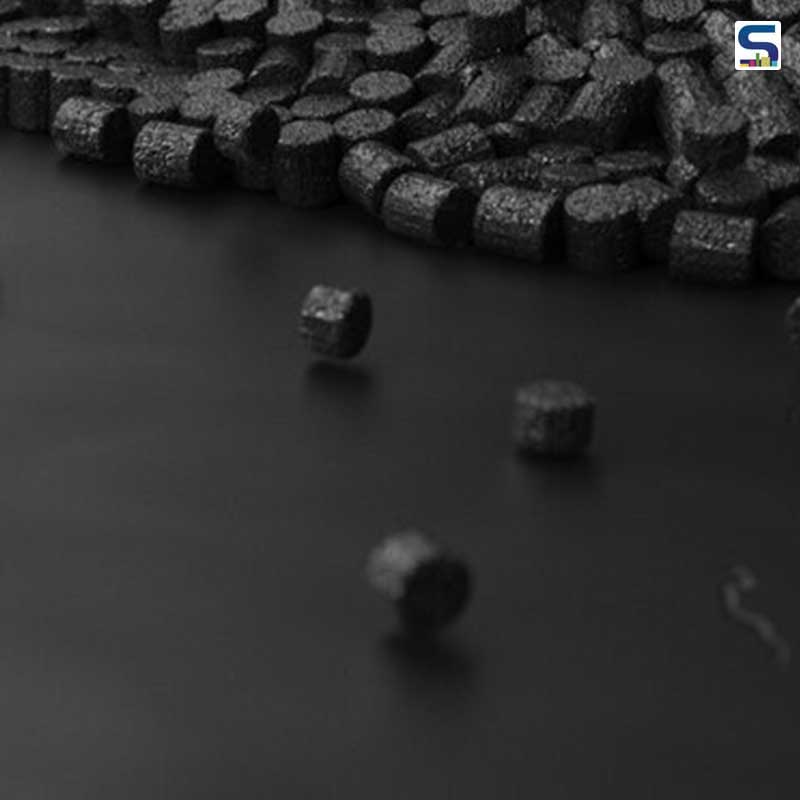 Its negative emission technology replaces polluting materials like fossil plastics and aluminium.
Its negative emission technology replaces polluting materials like fossil plastics and aluminium.
The porous, carbon-rich material is highly effective at storing carbon. Unlike decaying biomass, which quickly releases its carbon back into the atmosphere, biochar remains stable for hundreds of years. However, the carbon stored inside can only be released by burning biochar.
Image credits: Made of Air